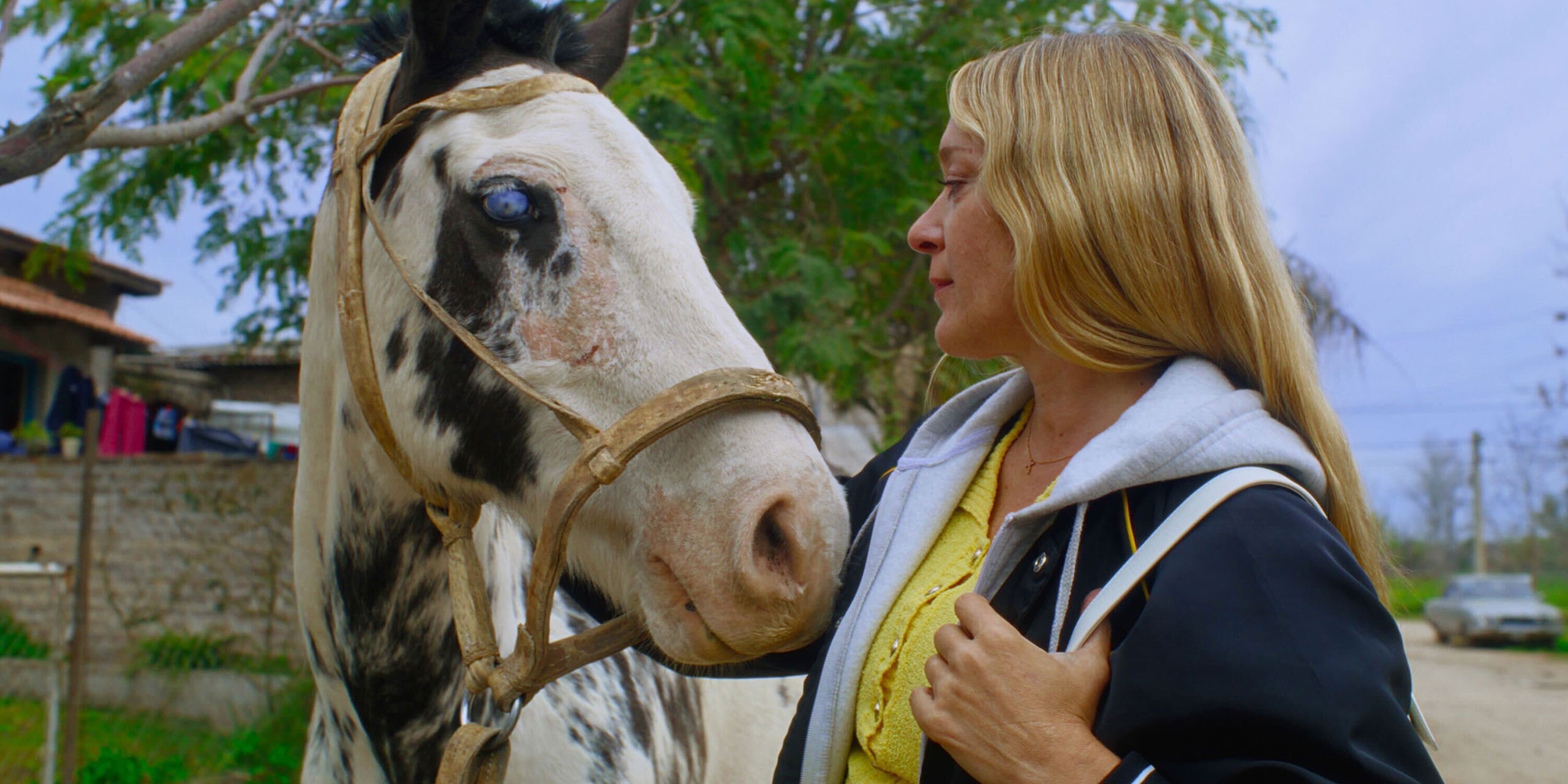Magic Farm - Sundance 2025


Film
A film crew working for an edgy media company travels to Argentina to profile a local musician, but their ineptitude leads them into the wrong country. As the crew collaborates with locals to fabricate a trend, unexpected connections blossom while a pervasive health crisis looms unacknowledged in the background.
Being labeled as an independent film comes with certain expectations. Little-known films that premier at Sundance tend to face the risk of too much early exposure and face an uphill battle trying to meet expectations, which is often harder than it sounds. The movies with the most buzz have to feel familiar to satisfy audiences but also should be willing to break some rules. They have to look and feel a certain way but still offer a healthy dose of subversion. Cater to your audience’s appetites too much, and you’ll be flagged as a normie; push their limits too far, and you won’t appeal to the industry bigwigs who may help secure distribution and ensure you at least break even money-wise. It’s a tricky balance, especially if you’re not well-known and working on the fringes. Subversion versus satisfaction – what’s the right ratio?
From director Amelia Ulman comes Magic Farm, an independent film in the purest sense, a film that is quite literally about how difficult it is to get something made on a micro-budget. Despite being full of creative energy, there’s sadly just not enough storytelling spine for the film to get its points across, and it slowly wears you down with a few too many distractions that come at the expense of its story and characters. To its credit, Magic Farm manages to dodge any obvious genre labeling, which is often a box many independent films are eager to check. The film might be a stoner movie, albeit without much stoning. It’s somewhere between a quirky road comedy, a cheeky journalistic satire, and an offbeat cautionary tale about the blurry lines and differences between cultural exploration and exploitation. And while all those ideas in concept make for a ripe sandbox to play in, the concepts of a movie are just not enough to hold your attention. Tonally, the film resembles an erratic heart rate monitor – it leans into its laughs whenever a good joke is teed up, but its more interested in exploring the space than it is coalescing its pieces. Maybe this is a point of preference and expectation. Are you someone who wants to build a sandcastle or dig in the corner by the grass looking for a bug you’ve never seen before?
A film this fast and loose hinges upon the strength and presence of its performers, and thankfully, Ulman does a fine job of giving her actors, a cast of memorable enough characters, plenty of room to move. Alex Wolff makes the most of the opportunity and explores some of the far reaches of his millennial neurotic on-screen persona. While Chloë Sevigny has less to do, and Simon Rex has what is essentially a cameo, the rest of the cast rounds out an ensemble of performances that hold the strained seams together. Even still, much of the filmmaking decisions were put to the side, whether it be the bland visuals, the uneven editing tempo, or the rough shot set staging. Throw in a few jerky, handheld, insert shots, and mix in some wonky, if not downright goofy, musical interludes, and you have something that is hard to put your finger on and even harder to embrace wholeheartedly.
Froth
As I've quickly come to learn, at Sundance, you have to be hyper-aware of when and how you're frontloading or backloading your ABV. Being in Utah adds an extra wrinkle to this, in that the max ABV you're getting from any beer on draft is 5% (anything in a can or bottle can surpass that). This isn't a problem, I'm just making the point. I understand the more I talk about frontloading, backloading, ABV, and how hard it can be drinking beer efficiently, the more you're worried about my psyche. Rest assured, I am coping just fine and have found ways to maximize my screen time and beer time.
AT Red Rock Brewing Company, a beer-vibrant spot right next to the Megaplex at Park City, I opted to try something a bit stronger per our bartender's recommendation, the Marvella Belgian Style Tripel. Let me tell you, this is a wolf in sheep's clothing. Clocking in at a robust 11% ABV, I can confide in confidence that I did not know that data point before making my selection. If not for some wood-fired pizza (the arugula and prosciutto topped my flash-baked pie as if it were a "salad as dinner" entrée), I might have been in rough shape early. I would describe it as (well, with help from their website) as a golden pale with a fruity aroma and earthy potpourri of dried flowers (I'm still working on hone my beer flavor descriptions). Light where you need and strong where it counts, this was a top-notch option on a menu full of them.














